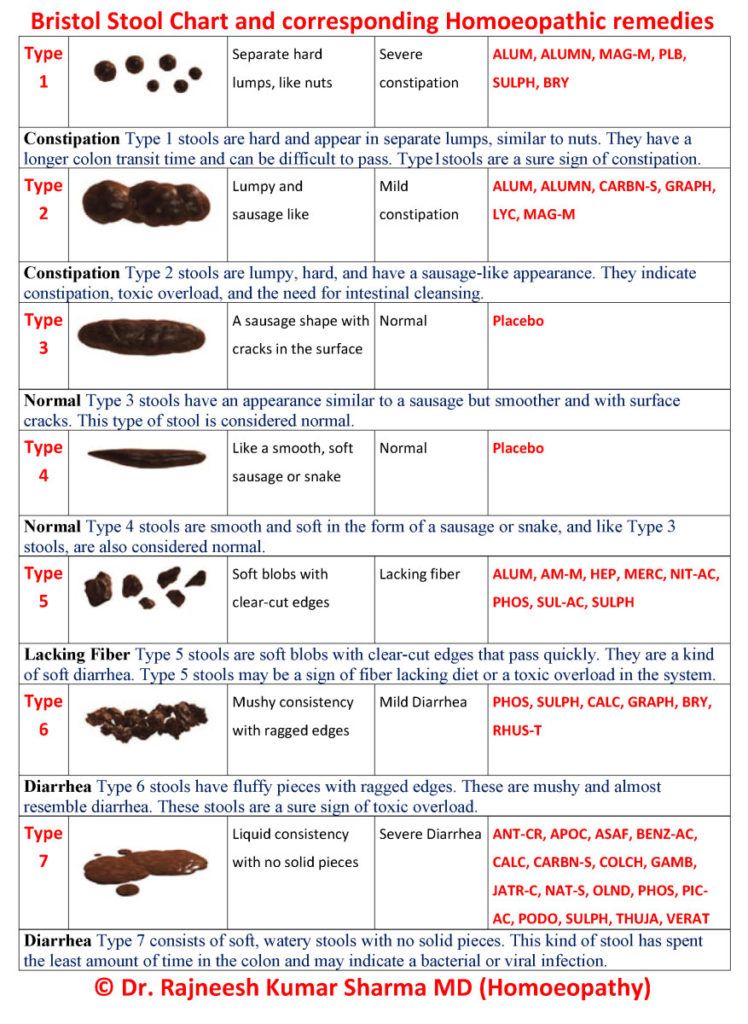Chart Stools Poo

Diet beets diets rich in green vegetables licorice.
Chart stools poo. The type of stool or faeces depends on the time it spends in the colon. The bristol stool chart also called the bristol stool scale or the bristol stool form scale is a diagnostic tool to evaluate samples of human feces based on the shape and consistency of the stool. To determine if stool color changes are due to temporary changes in the diet or lifestyle or if they are caused by some health problem the stool color chart is not enough. It was developed at the bristol royal infirmary as a clinical assessment tool in 1997 and is widely used as a research tool to evaluate the effectiveness of treatments for various diseases of the bowel as well as a.
The poop emoji has one thing right the brown coloring. When you pass a white gray or pale stool it might be an indication of liver or gallbladder problem. After you pass faeces what you see in the toilet bowl is basically the result of your diet fluids. The symptoms associated with stool color changes if any are the symptoms of the underlying cause of the change for example foods drinks or illnesses such as.
Bilirubin which is a pigment compound formed from the breakdown of red blood cells in the body gets the credit for this oh so. The bristol stool chart or bristol stool scale is a medical aid designed to classify faeces into seven groups. Generally pale stools mean that the body isn t secreting enough bile to give it the characteristic brown color. The bristol stool chart details seven types of poop ranging from constipation type 1 to diarrhea type 7.
Although changes in stool color or texture may be normal most changes should be evaluated. Bristol stool chart types what should my stools look like. One must consult a doctor especially if these changes are accompanied by other symptoms like abdominal discomfort loss of appetite loss of weight diarrhea and other unusual problems. Samples are then assigned a number 1 7 that corresponds to descriptions on the scale.
Md from the university of bristol developed the chart in 1997 with the help of 66 volunteers. It is used in both clinical and experimental fields. The bristol stool scale is a way to talk about shapes and types of poop what doctors call stools. Basically it helps patients and doctors identify abnormal poop without having to get.














































